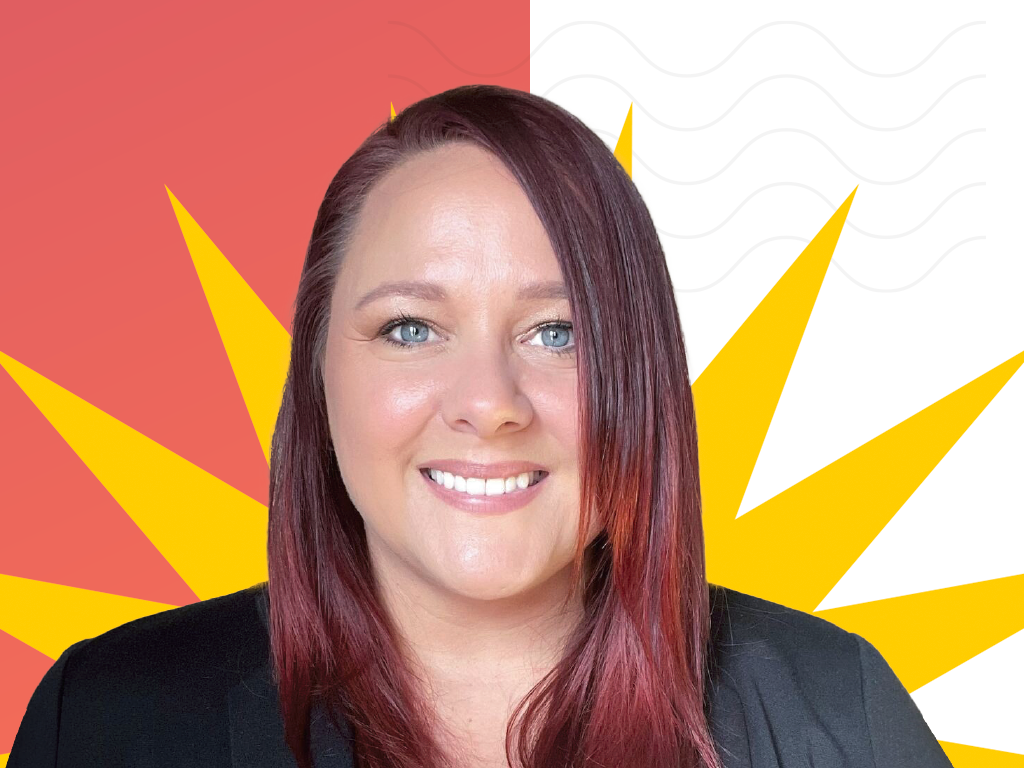Go for the “NO”

Great salespeople are some of the most optimistic people you’ll meet. They spend their business hours working for a “Yes” from their sales prospects. So why would any salesperson actively try to get a “No” instead?
To answer that question, let’s start by identifying one of the biggest challenges to salespeople: Time. There are only so many hours in each day, week, or month to prospect, propose, negotiate, and close deals. Considering this, what is the best use of your salespeople’s time? It’s selling to prospects who want to buy, are qualified to buy, and are ready to buy now.
That’s where optimism and time collide. The salespeople work toward a “Yes” – and optimistically believes they can get there, but in doing so, they can easily lose track of time. Spending copious amounts of time with a prospect who will never say “Yes” prevents the rep from spending their precious time with someone who is ready to buy now. This is particularly frequent when chasing a big contract.
As a salesperson, it’s easy to get caught up in the excitement of pursuing and closing a big deal, often forgetting that they usually have a longer sales cycle than a small-to-medium sized project. Indeed, it’s often true that a large project may not result in more RMR than a more modest sale. Repeated sales with strong RMR can generate more income and profit for a company, and a sales rep, than a
few large deals.
Propose the large deals, but don’t ignore the simple, repeatable RMR sales while doing so. This is where going for a “No” is as important as working toward a “Yes.”
One of the first steps at the start of the sales cycle is to qualify the lead. Not every lead received, even if it has been self-generated, is going to be right for your services or ready to buy. Through questioning and encouraging a prospect to get to a “No” rather than a “Maybe” those who are not interested or ready to buy can be filtered out, freeing the salesperson to work with those who are more likely to convert to a sale. Both the sales rep and the prospect save their time and energy.
Quickly identifying prospects who are not interested or not ready to buy lets sales reps allocate their time more effectively. Time can easily be wasted with a prospective person who is looking for a free specification by a rep, a ‘competitive price’ solely to support a previous decision to buy from someone else, or a figure to use for a future budget. While a sales rep shouldn’t automatically overlook these requests, it’s critical to understand what the prospective person really wants so they can allocate the proper amount of time (if any) to it.
Using high-pressure sales tactics rarely builds trust in a prospect, which is crucial in sales. When a prospect has the option to say “No” without undue pressure, the sales rep demonstrates transparency and honesty. How many of us like to feel pressured into saying yes when we’re unsure? It usually ends one of two ways, and neither are beneficial. The first is that the prospect cancels the sale after the company has already invested time and money in buying equipment and scheduling the job, or they buy from someone else who treats them with more respect. Prospects appreciate honesty, which can lead to a sale in the future, or even a referral to another lead.
Sales reps need to understand what their prospect’s objections are and getting a “No” helps to identify them. “No” isn’t always final. When a prospect is encouraged to voice their concerns or objections, the sales rep can address them directly and effectively. Rather than guessing why the prospect may be hesitating, this provides an opportunity to clarify any misunderstandings, provide additional information, and turn the “No” into a “Yes.”
A sales rep who is comfortable hearing “No” reduces the pressure a prospect may feel in the sales process. Prospects often have preconceived ideas of what to expect from a sales call and they’re not usually positive. A sales rep who actively seeks a “No” can reduce the stress felt by a prospect and create a more relaxed and open conversation. Not only can that lead to a more positive sales experience for everyone, but it may also generate more lucrative sales and facilitate referrals for the sales rep.
Getting the “No” provides valuable feedback and insights. Sales reps who are constantly learning and refining their skills use these interactions to grow. They watch for common objections and continue improving to overcome them. As they progress, these reps learn more effective sales strategies and create higher conversion rates.
Encouraging prospects to say “No” is a strategic approach. By embracing the possibility of rejection, instead of avoiding it, salespeople can become more successful in their efforts.
Read the Jan/Feb Edition of Security Nation Here




